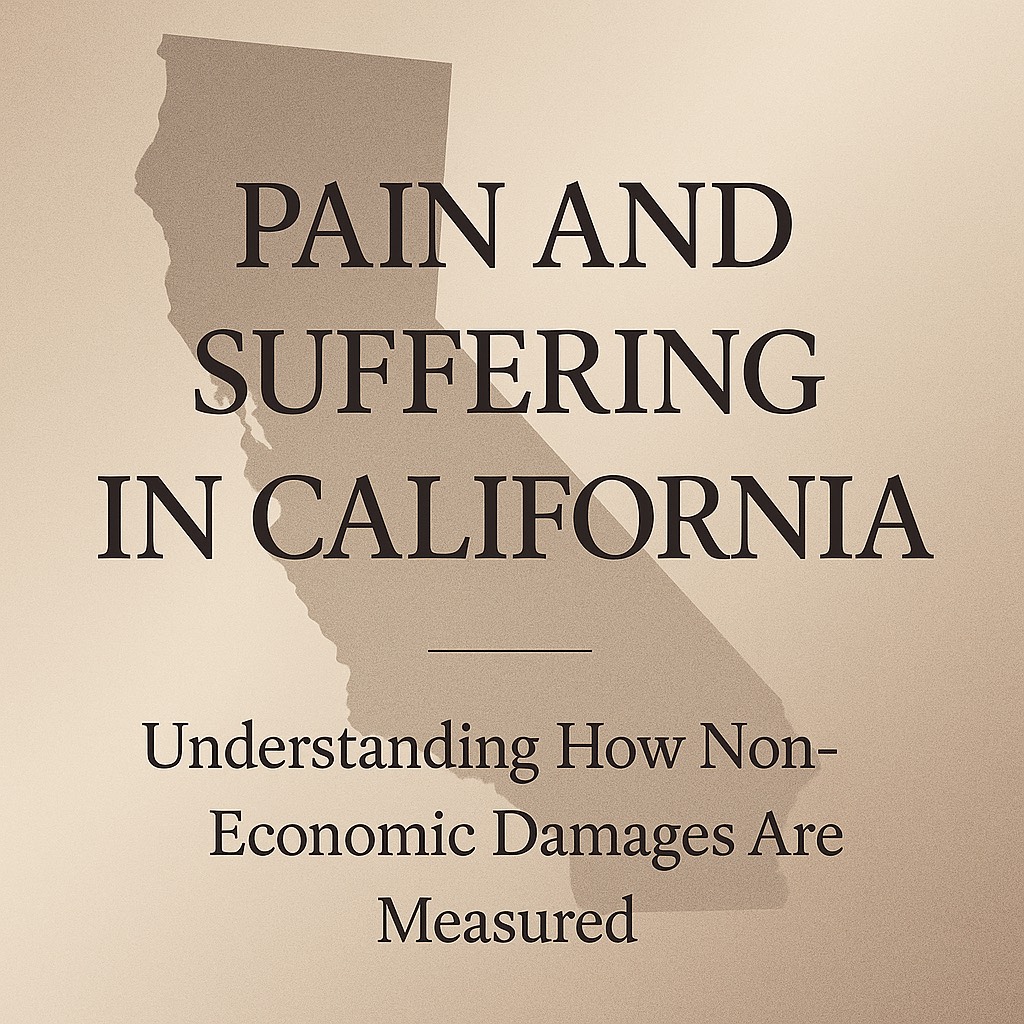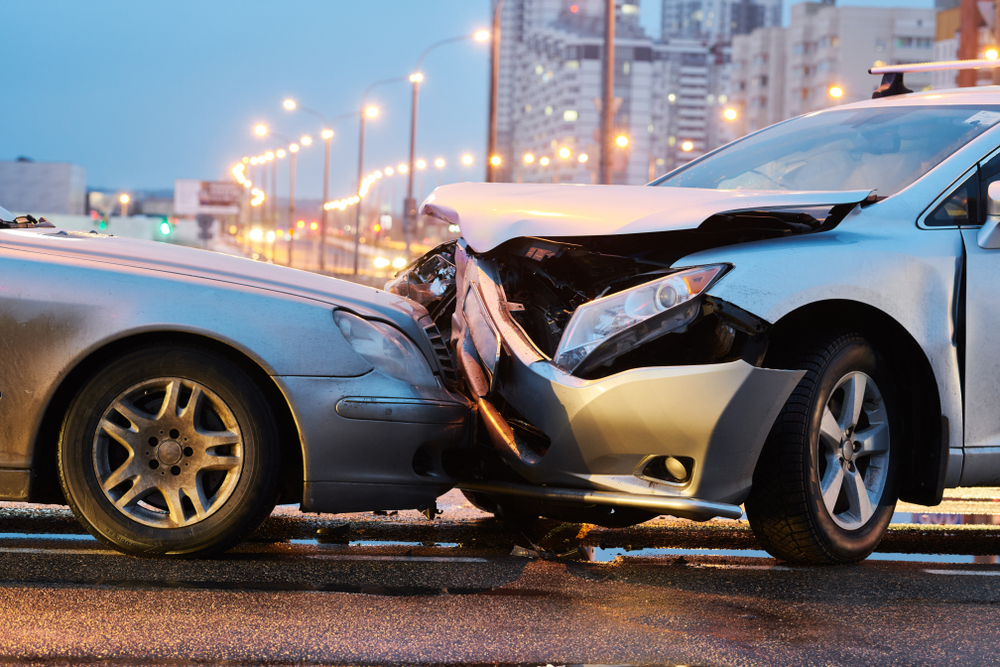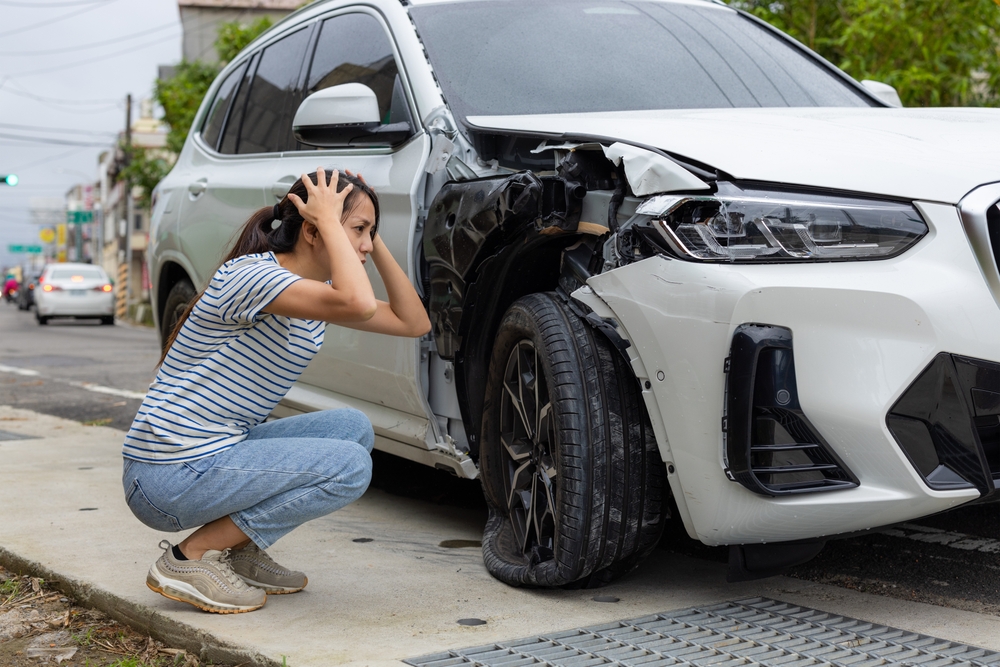
When you’re injured in an accident, your medical bills and lost wages are only part of the story. The law also allows you to recover for the pain and suffering you’ve endured—your physical pain, emotional distress, and the loss of enjoyment in life. But how do courts and insurance companies actually calculate these damages in California?
Below, we’ll explain the key methods, factors that affect your award, and what you can do to strengthen your claim.
What Counts as “Pain and Suffering”?
In California, “pain and suffering” refers to non-economic damages—the intangible losses that don’t have a fixed dollar value. These may include:
- Physical pain and discomfort
- Emotional distress (anxiety, depression, PTSD)
- Loss of enjoyment of life
- Disfigurement or scarring
- Loss of companionship or intimacy
- Grief and trauma from permanent disability
These damages are available in personal injury and wrongful death cases, including car accidents, slip-and-falls, and catastrophic injury claims.
Two Main Calculation Methods
1. The Multiplier Method
The multiplier method is the most common way insurance companies and juries estimate pain and suffering.
Here’s how it works:
- Add up your economic damages (medical bills, lost wages, etc.).
- Multiply that total by a number (the “multiplier”) that reflects the severity of your injury.
Example:
If your medical bills and lost wages total $100,000, and your injuries are severe enough to justify a multiplier of 4, your pain and suffering damages may be $400,000.
Typical multipliers:
- 1.5–2 for minor soft-tissue injuries
- 3–5 for moderate to severe injuries
- 6+ for catastrophic or permanent injuries (e.g., paralysis, TBI, amputations)
2. The Per Diem Method
The per diem method assigns a daily value to your pain and suffering, multiplied by the number of days you’re affected.
Example:
If you reasonably value your daily suffering at $250 and you experience it for 365 days, your pain and suffering damages would be $91,250.
This approach works best for injuries with a clear healing timeline, such as fractures or surgeries with a defined recovery period.
Factors That Influence Pain and Suffering Awards
Juries and adjusters consider several factors when deciding how much compensation is appropriate:
- Severity and permanence of injuries
- Length of recovery and ongoing symptoms
- Impact on work and lifestyle
- Credibility of medical and psychological evidence
- Testimony from family, friends, and experts
- Defendant’s conduct, especially if reckless or intentional
At trial, there is no fixed formula—California law gives juries broad discretion to award whatever amount they find “reasonable” based on the evidence.
Are There Limits on Pain and Suffering in California?
California generally does not cap pain and suffering damages—except in specific cases:
- Medical malpractice: Limited to $350,000 (increasing annually up to $750,000 under MICRA reform).
- Claims against government entities: Subject to strict procedural and statutory limits.
In car accident or personal injury cases involving private defendants, there’s no ceiling on what a jury can award for pain and suffering.
How to Prove Pain and Suffering
Unlike medical bills or pay stubs, there’s no receipt for pain and suffering. You’ll need to build a compelling narrative supported by credible evidence, such as:
- Medical records documenting pain levels and treatment
- Therapy notes or psychiatric evaluations
- Pain journals or personal diaries
- Testimony from family, friends, or coworkers
- Before-and-after evidence (photos, videos, lifestyle impact)
The more clearly you can show how your life changed, the stronger your case for non-economic damages.
Why Legal Representation Matters
Insurance companies often undervalue pain and suffering—offering minimal settlements that ignore your daily struggles. A skilled attorney can:
- Present powerful evidence of your emotional and physical suffering
- Retain expert witnesses to quantify your losses
- Use verdict data to justify higher multipliers or per diem rates
- Argue your case persuasively before a jury
At WIN Trial Lawyers, our team fights to ensure that your recovery reflects the full extent of your suffering—not just your bills.

At WIN Trial Lawyers, we know how devastating distracted driving accidents can be. Victims often face mounting medical bills, lost wages, and emotional trauma. Our team has successfully taken on insurance companies and distracted drivers, recovering millions for injured clients.
If you or a loved one has been injured in a speeding-related car accident, don’t leave your future in the hands of the insurance company. You need experienced trial lawyers who know how to prove liability and fight for maximum compensation.
If you or a loved one has been injured in a distracted driving accident, don’t face this alone. The sooner you act, the stronger your case will be.



